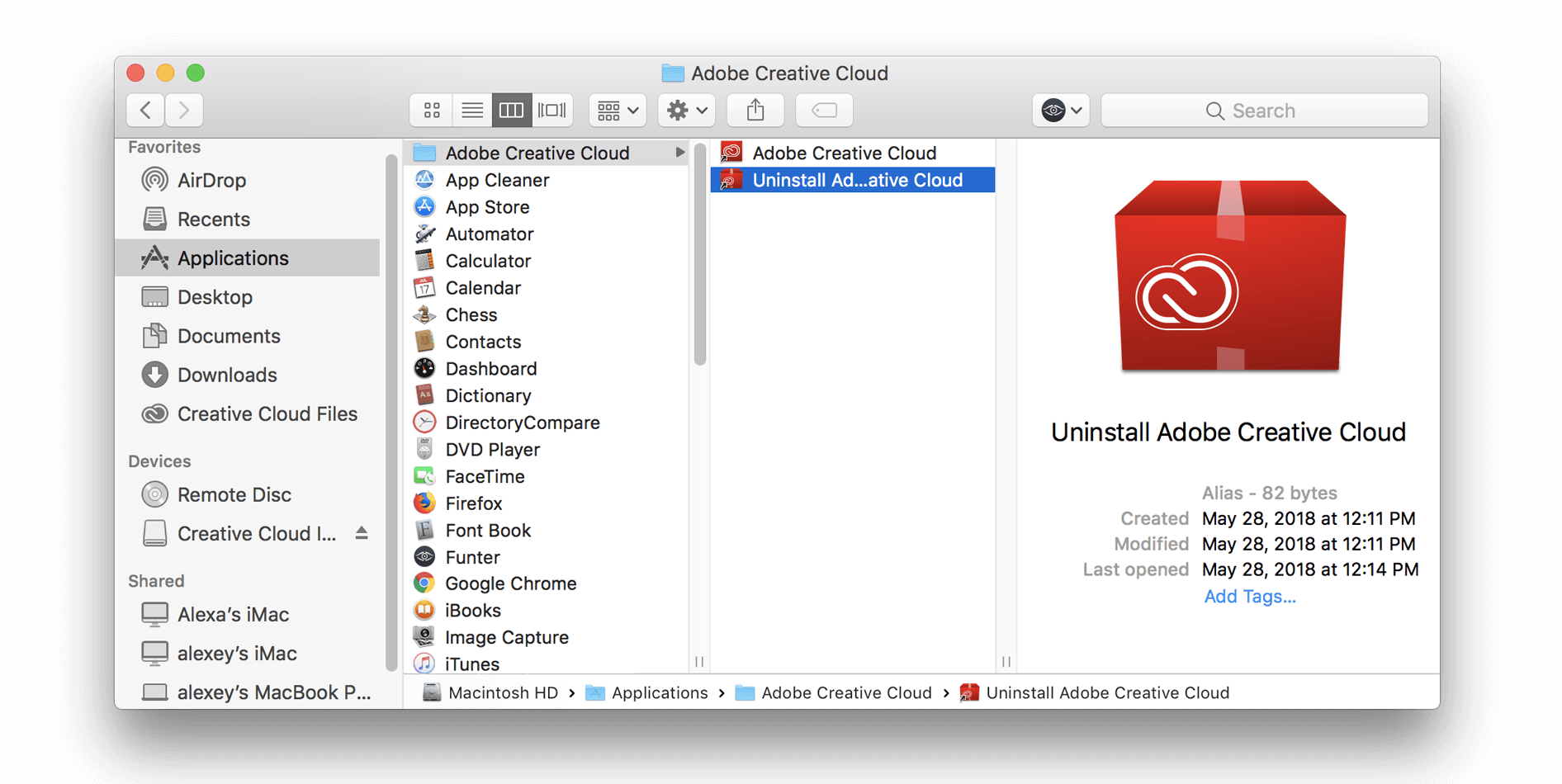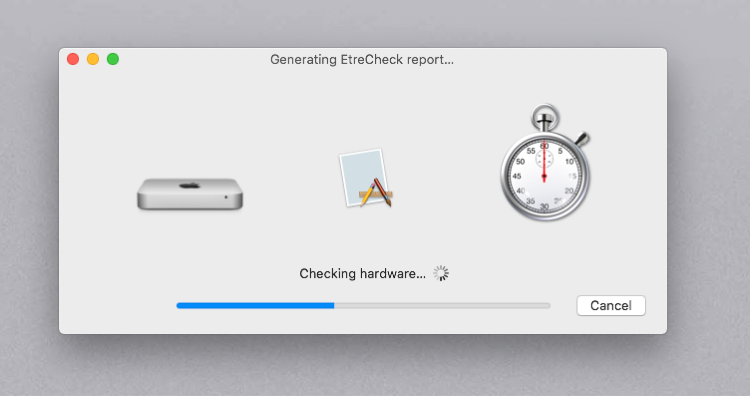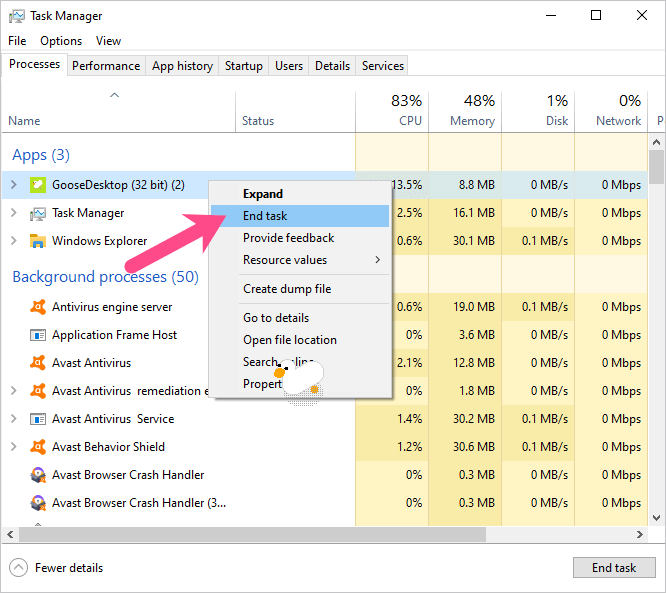

- HOW TO REMOVE APPLICATIONS FROM MAC STARTUP HOW TO
- HOW TO REMOVE APPLICATIONS FROM MAC STARTUP SOFTWARE
- HOW TO REMOVE APPLICATIONS FROM MAC STARTUP DOWNLOAD
Because storage is always encrypted on Mac systems with Apple silicon or the T2 chip, the system is instantly and securely "erased" by destroying the encryption keys. In Monterey, however, a third option has come into play on newer Macs that offers a very simple and straightforward way to erase your Mac without needing to reinstall the operating system.įollowing in the footsteps of the iPhone and iPad, Apple silicon Macs and Intel Macs with a T2 security chip (2017-2020 models) now have an "Erase All Content and Settings" option available in macOS Monterey. However, even if neither of these issues have arisen for you, sometimes it's just nice to start afresh for that "brand new Mac" feeling and then migrate your apps, documents, and data, either manually, or by migrating from a Time Machine backup.Ĭlean installing previous versions of macOS usually involves creating a bootable copy of the macOS installer on a flash drive or USB stick and then reformatting your drive before installing the bootable copy on your Mac, or using macOS Recovery to reinstall the Mac operating system over an internet connection.

HOW TO REMOVE APPLICATIONS FROM MAC STARTUP HOW TO
This article explains how to perform what is effectively a clean install of Monterey using a brand new option that's available on Apple silicon-powered Macs and Intel Macs with a T2 security chip.Ĭlean installing macOS is often done to remove annoying quirks and strange behaviors that a Mac may have inherited over time, and can also help to reclaim disk space caused by junk files left by third-party apps. įor more information visit The XLab FAQs and read the FAQ on removing software.Apple today released macOS 12 Monterey, and whenever a new operating system is released for the Mac, some users prefer to perform a clean installation. Look for them at VersionTracker or MacUpdate. There are many utilities that can uninstall applications. Be sure you also delete this item as some programs use it to determine if it's already installed. The item generally has a ".pkg" extension. Usually with the same name as the program or the developer. Some applications install a receipt in the /Library/Receipts/ folder.
HOW TO REMOVE APPLICATIONS FROM MAC STARTUP DOWNLOAD
Download Easy Find at VersionTracker or MacUpdate. You can modify Spotlight's behavior or use a third-party search utility, Easy Find, instead. Unfortunately Spotlight will not look in certain folders by default. If an application installs any other files the best way to track them down is to do a Finder search using the application name or the developer name as the search term. Look for them in /Library/LaunchAgents/ and /Library/LaunchDaemons/ or in /Home/Library/LaunchAgents/.
HOW TO REMOVE APPLICATIONS FROM MAC STARTUP SOFTWARE
Some software use startup daemons or agents that are a new feature of the OS.

Locate the item in the list for the application you want to remove and click on the "-" button to delete it from the list. Open System Preferences, click on the Accounts icon, then click on the LogIn Items tab. Log In Items are set in the Accounts preferences. Startupitems are usually installed in the /Library/StartupItems/ folder and less often in the /Home/Library/StartupItems/ folder. Some applications may install a startupitem or a Log In item. Again, they don't do anything but take up disk space once the application is trashed. You can also delete the folder that's in the Applications Support folder. You can also check there to see if the application has created a folder. Some applications may install components in the /Home/Library/Applications Support/ folder. In some cases the uninstaller may be part of the application's installer, and is invoked by clicking on a Customize button that will appear during the install process.

Some applications may install an uninstaller program that can be used to remove the application. If you want you can look for them in the above location and delete them, too. Although they do nothing once you delete the associated application, they do take up some disk space. Applications may create preference files that are stored in the /Home/Library/Preferences/ folder. Most OS X applications are completely self-contained "packages" that can be uninstalled by simply dragging the application to the Trash.


 0 kommentar(er)
0 kommentar(er)
